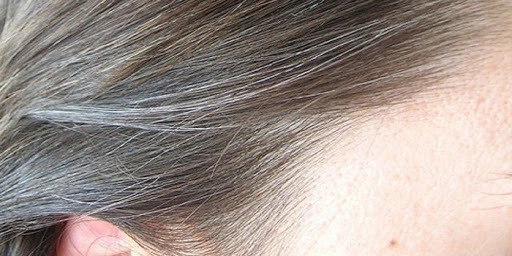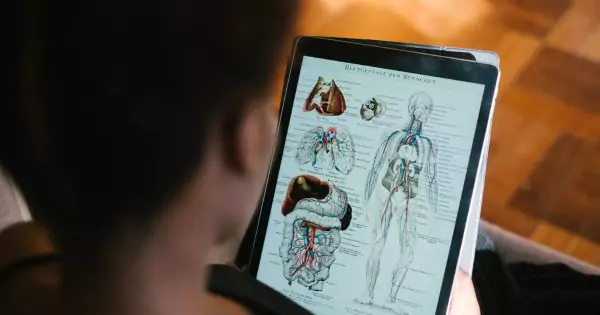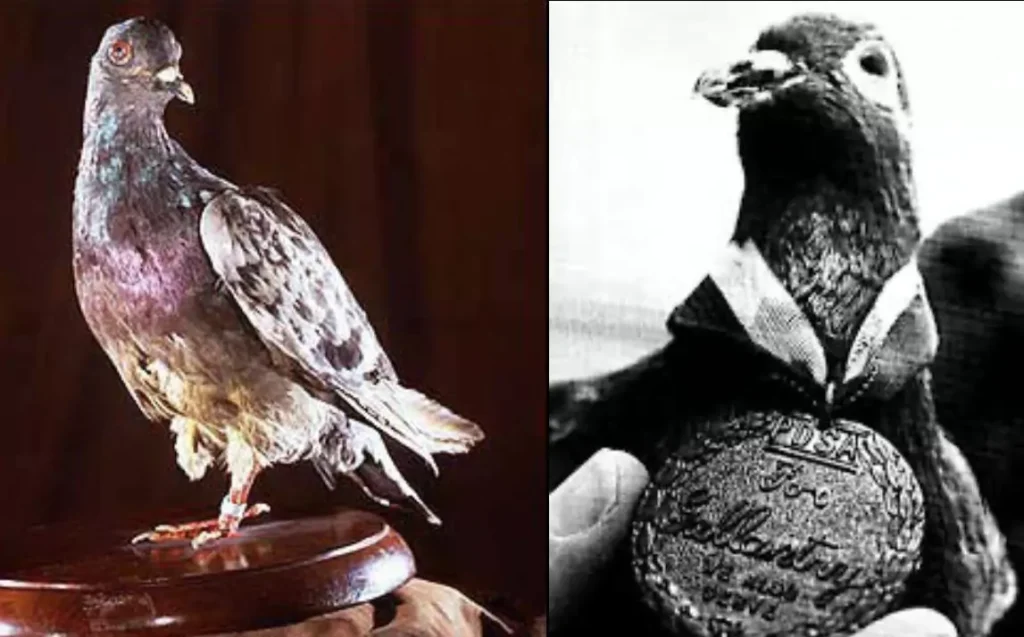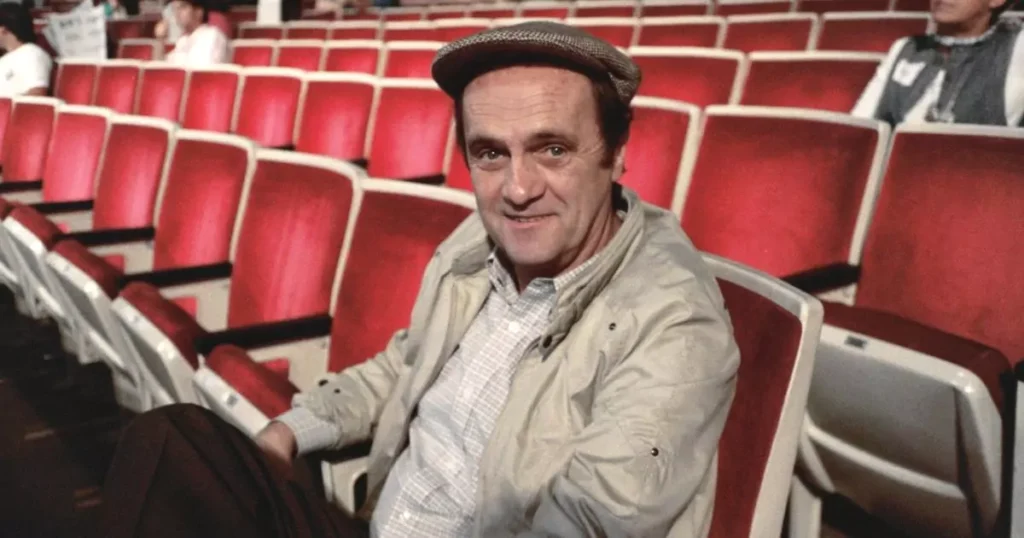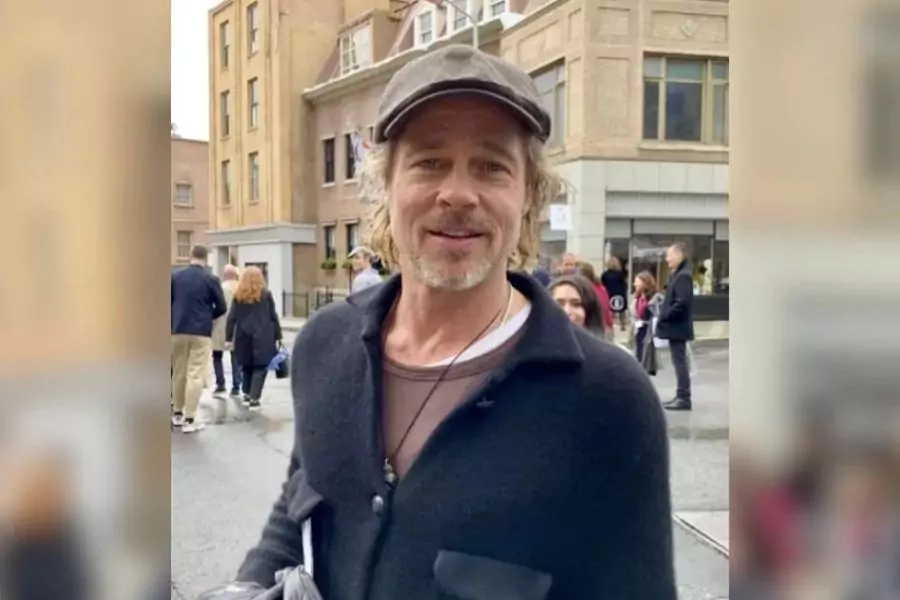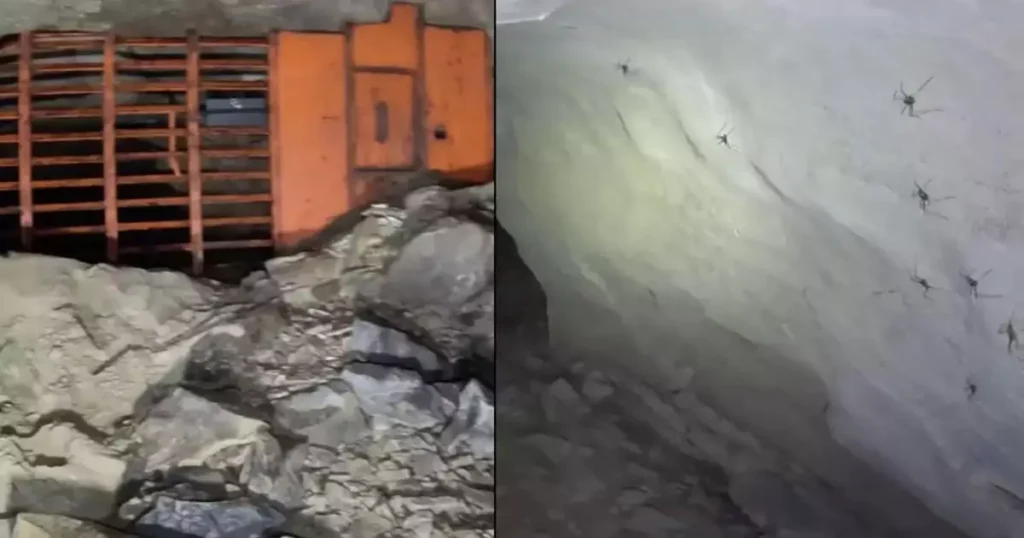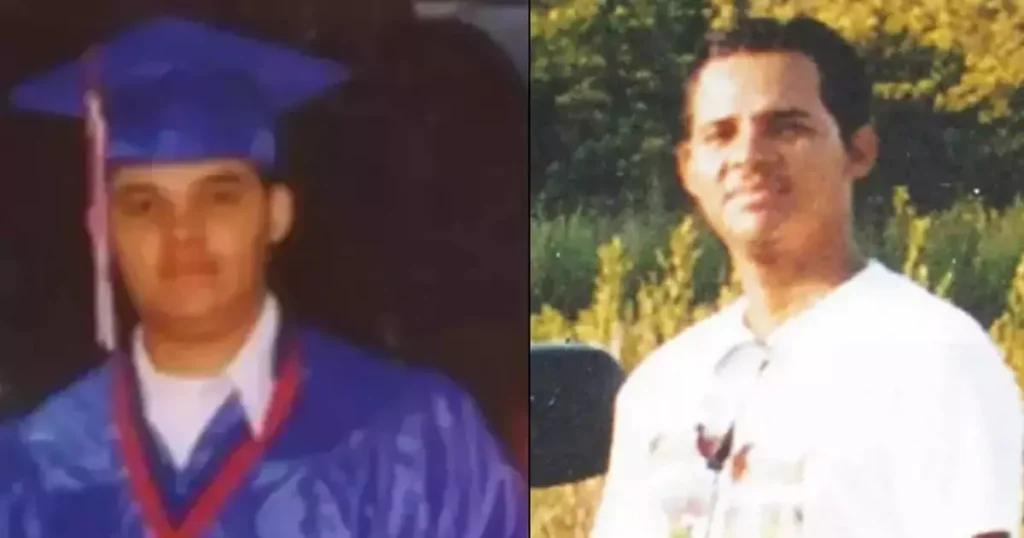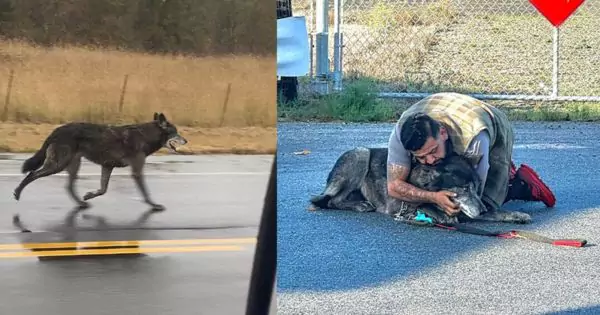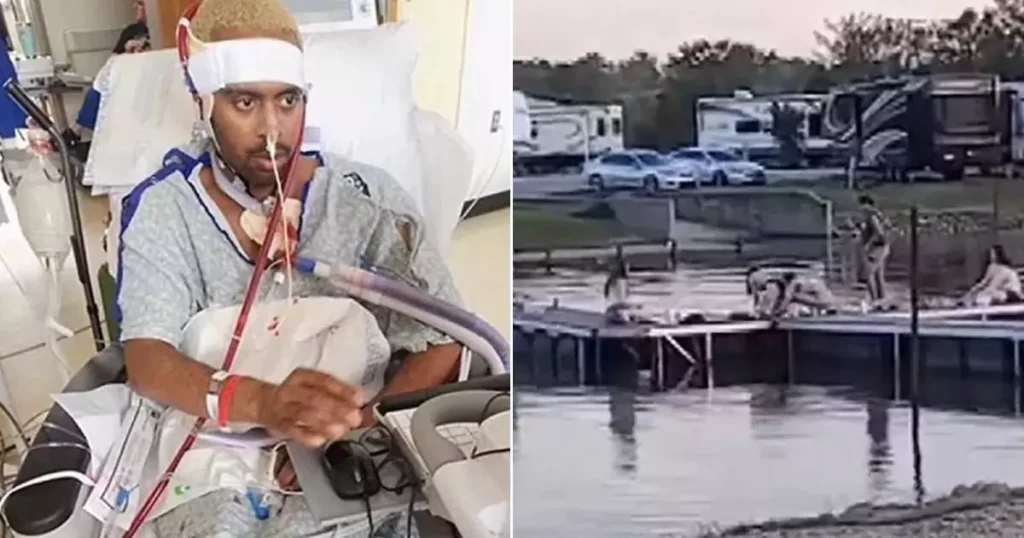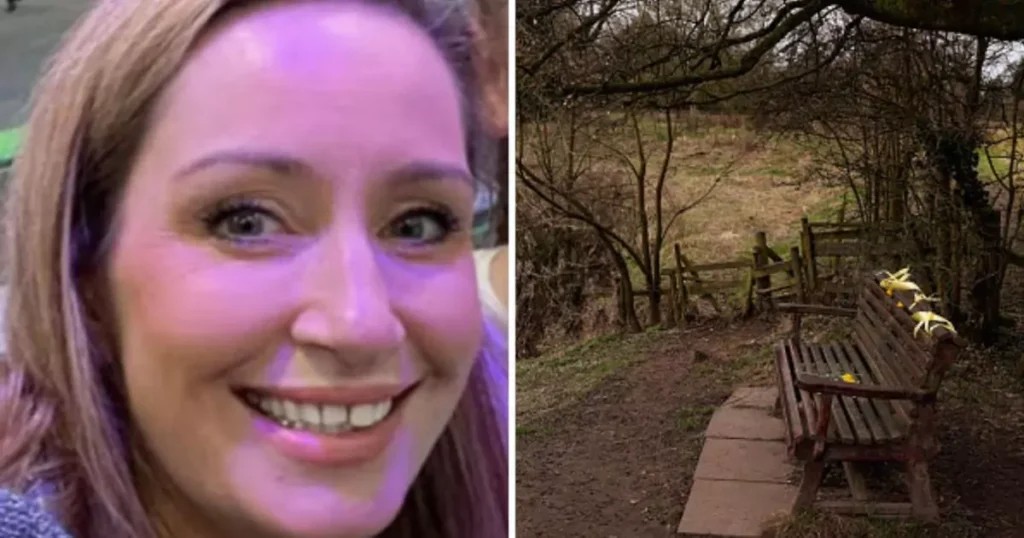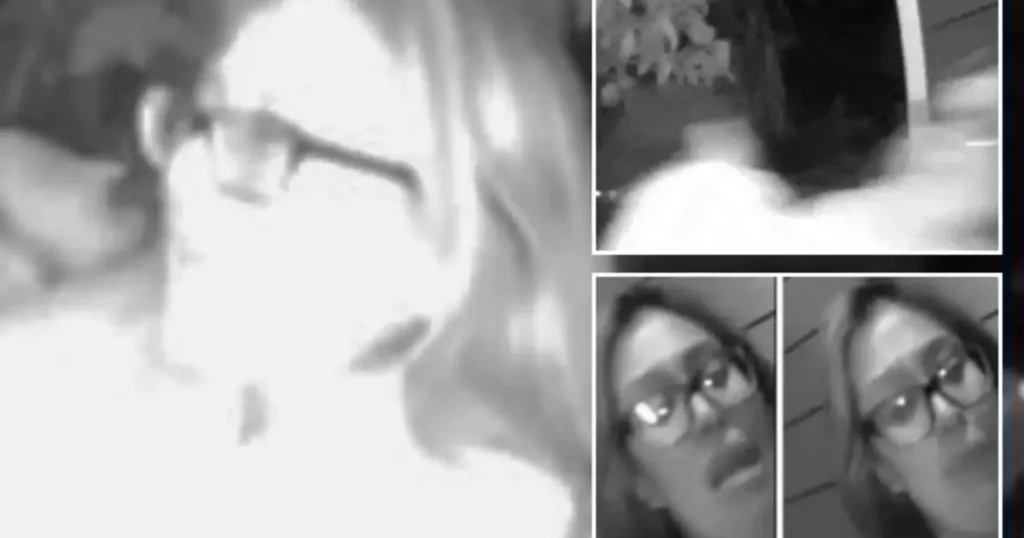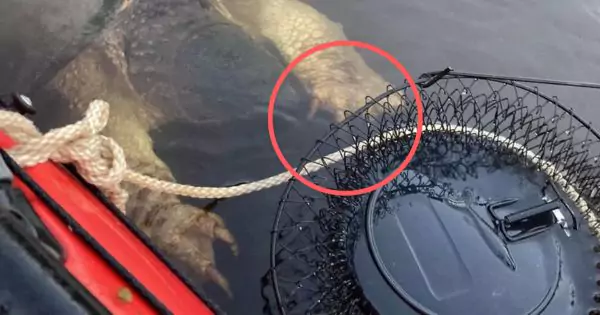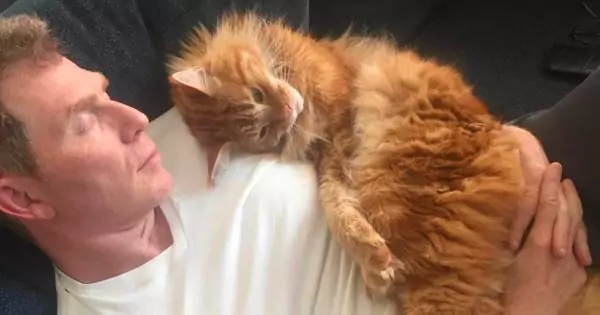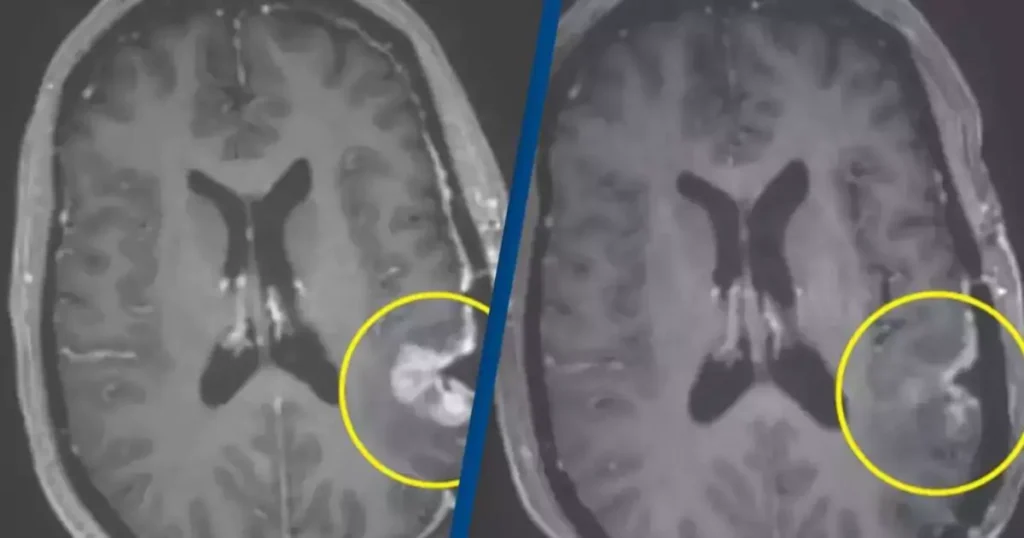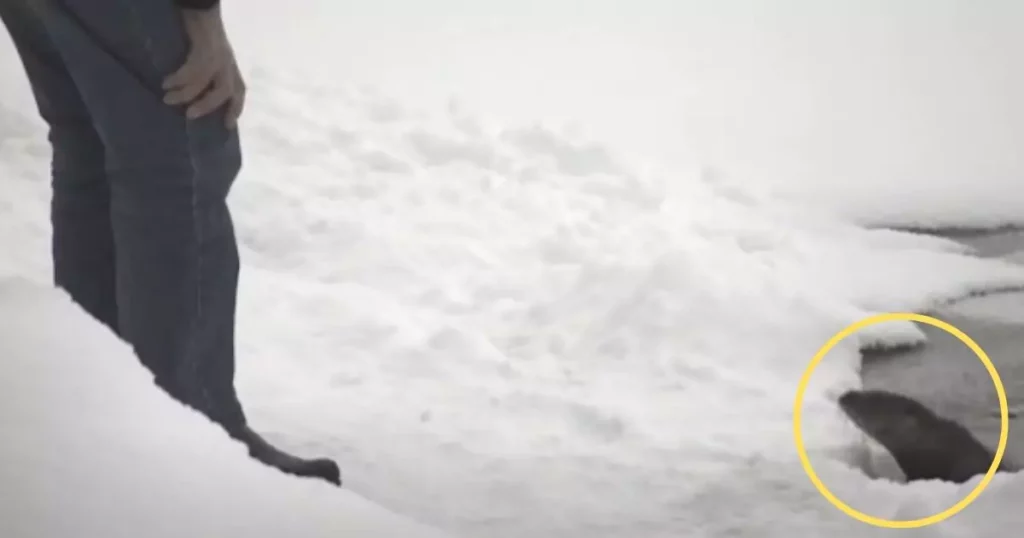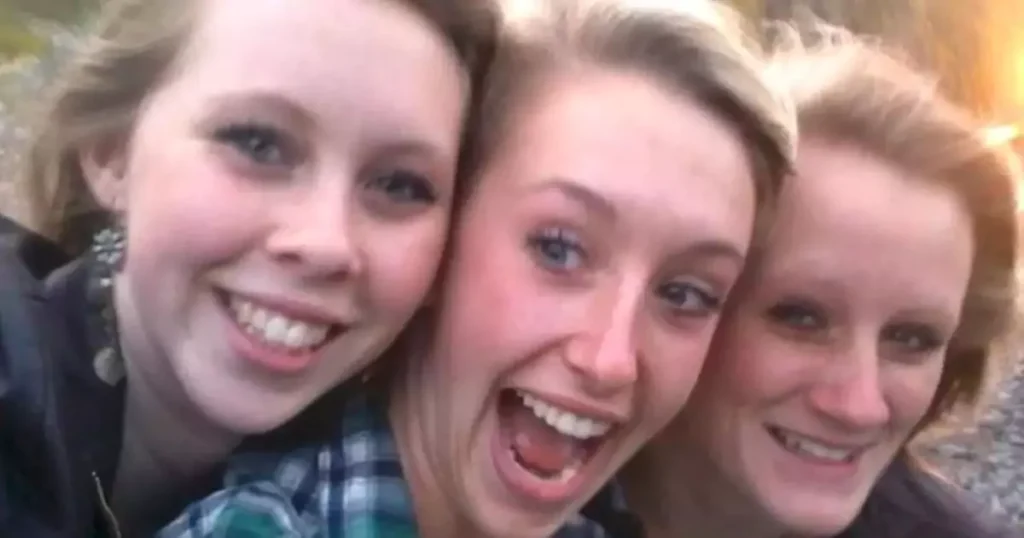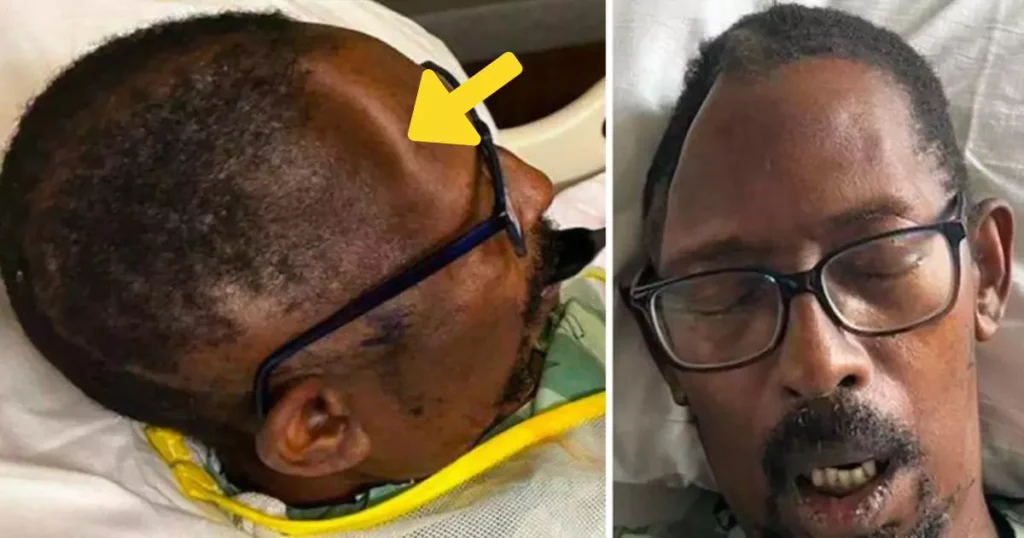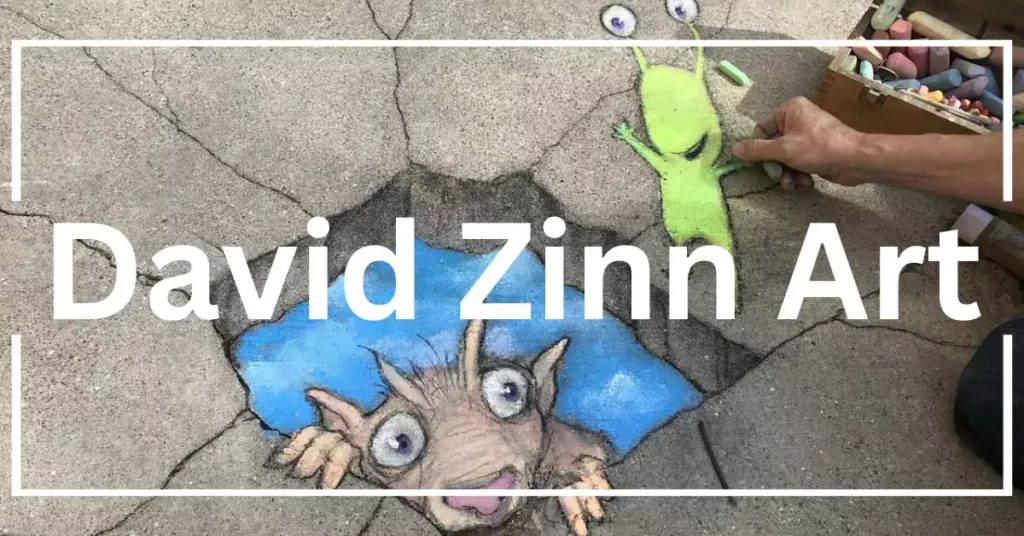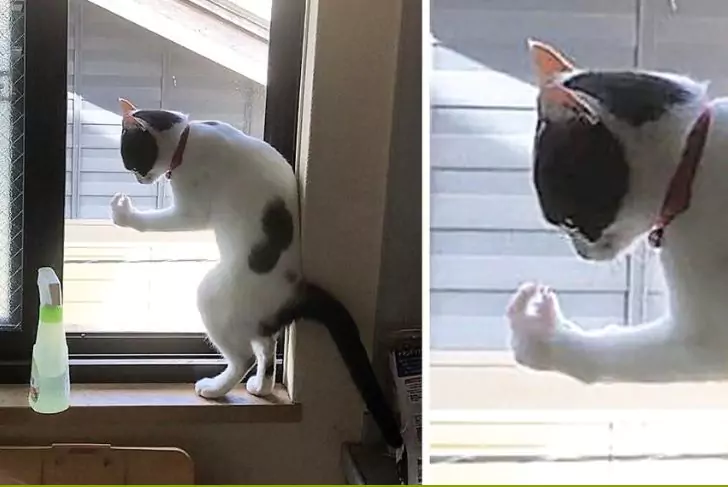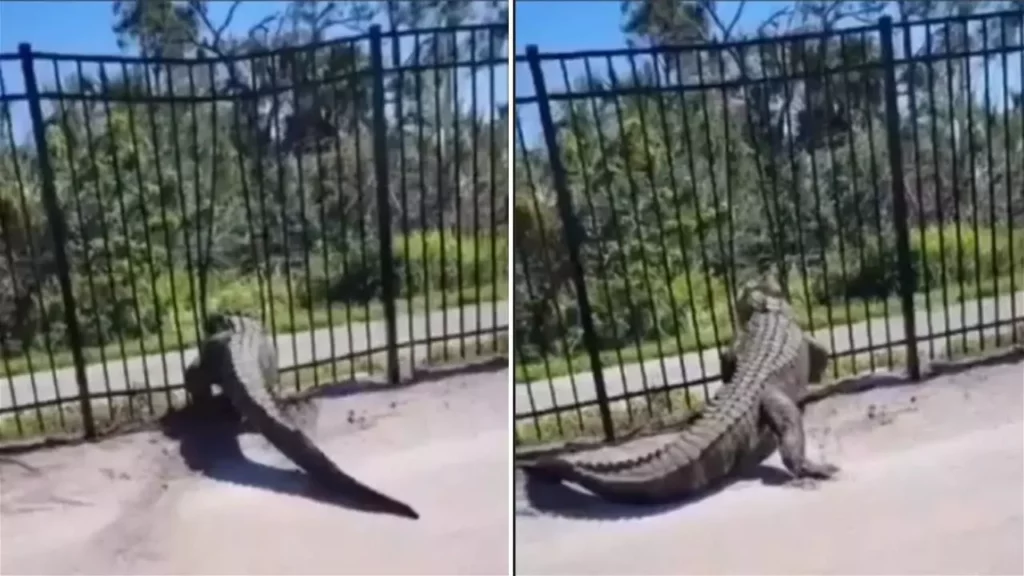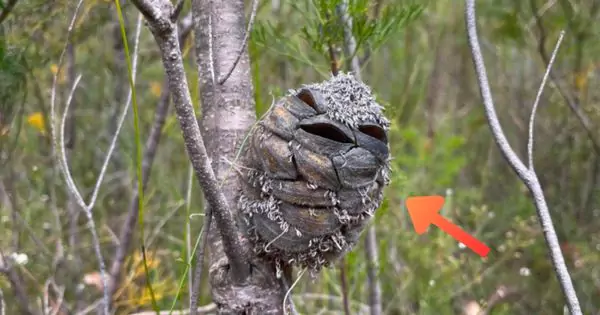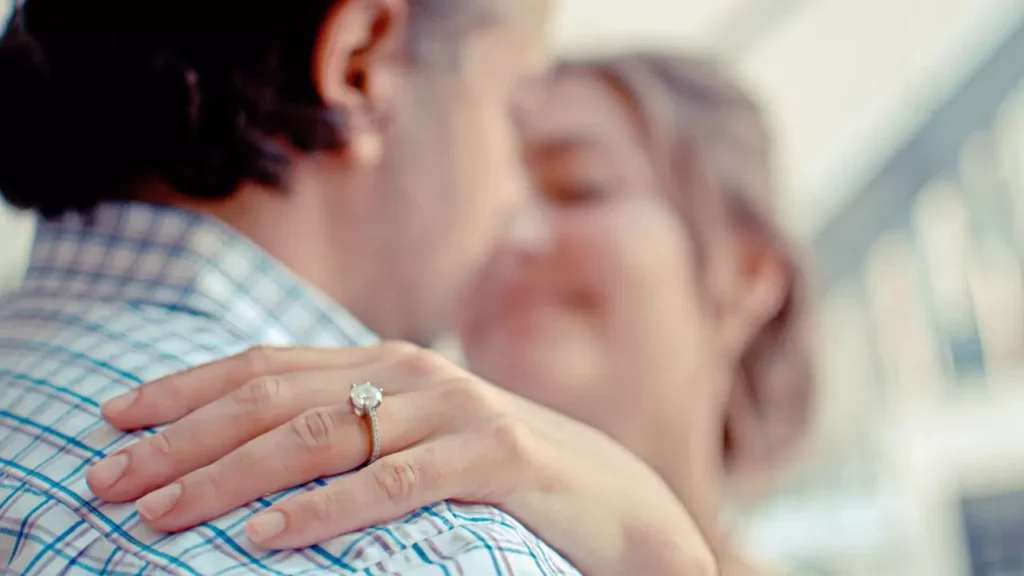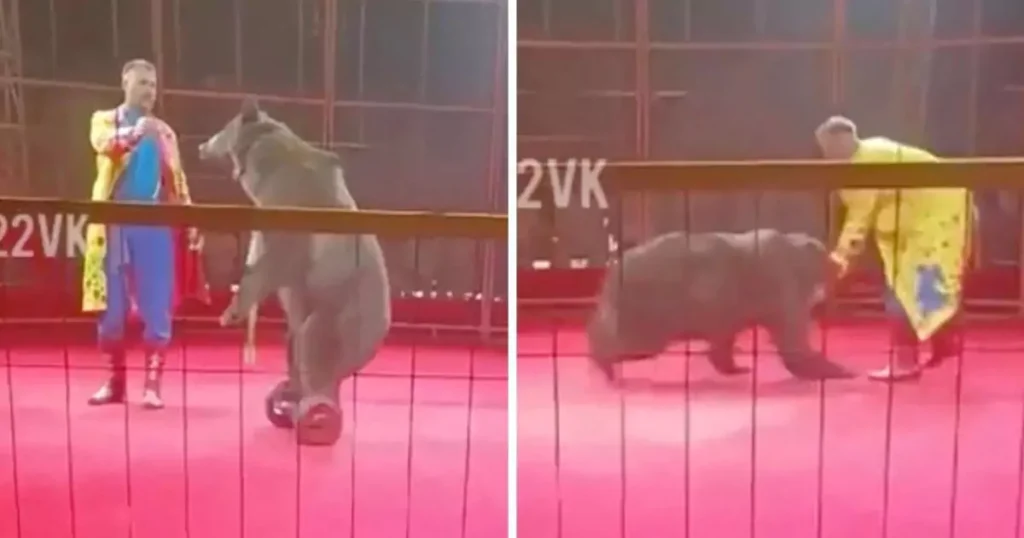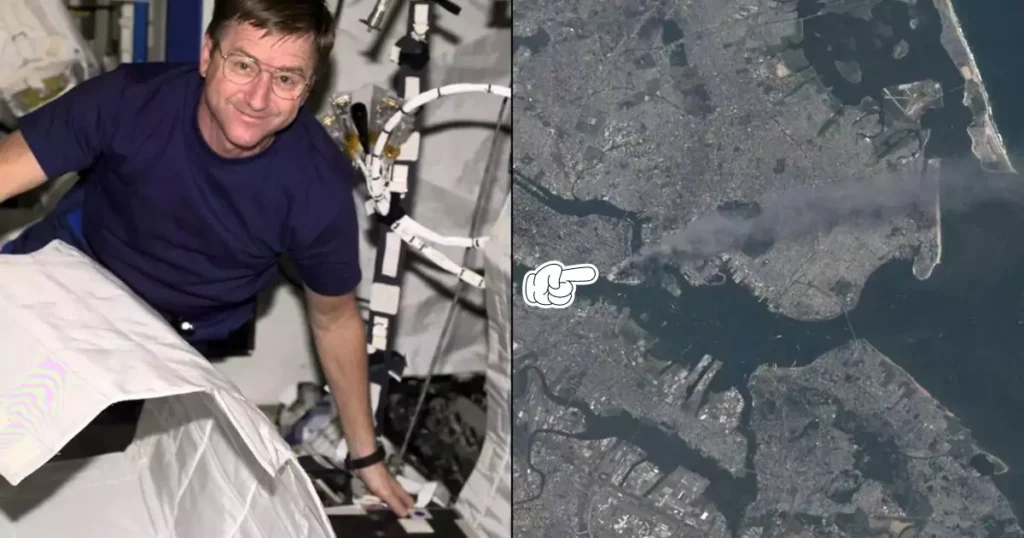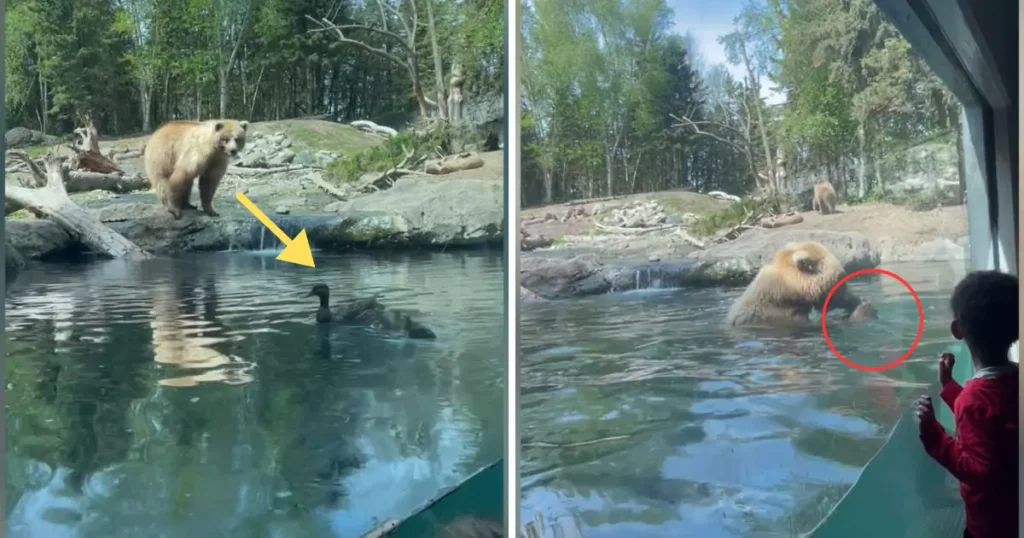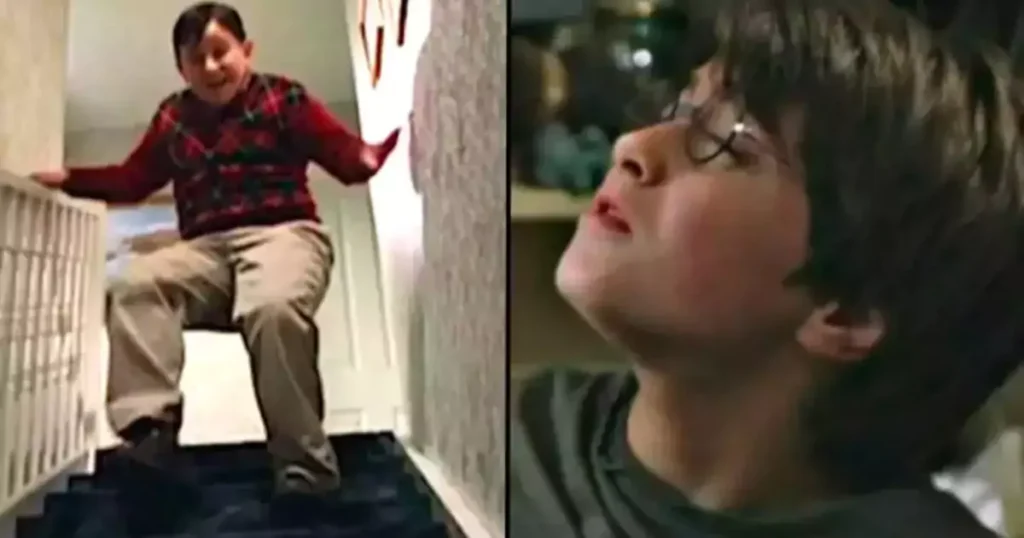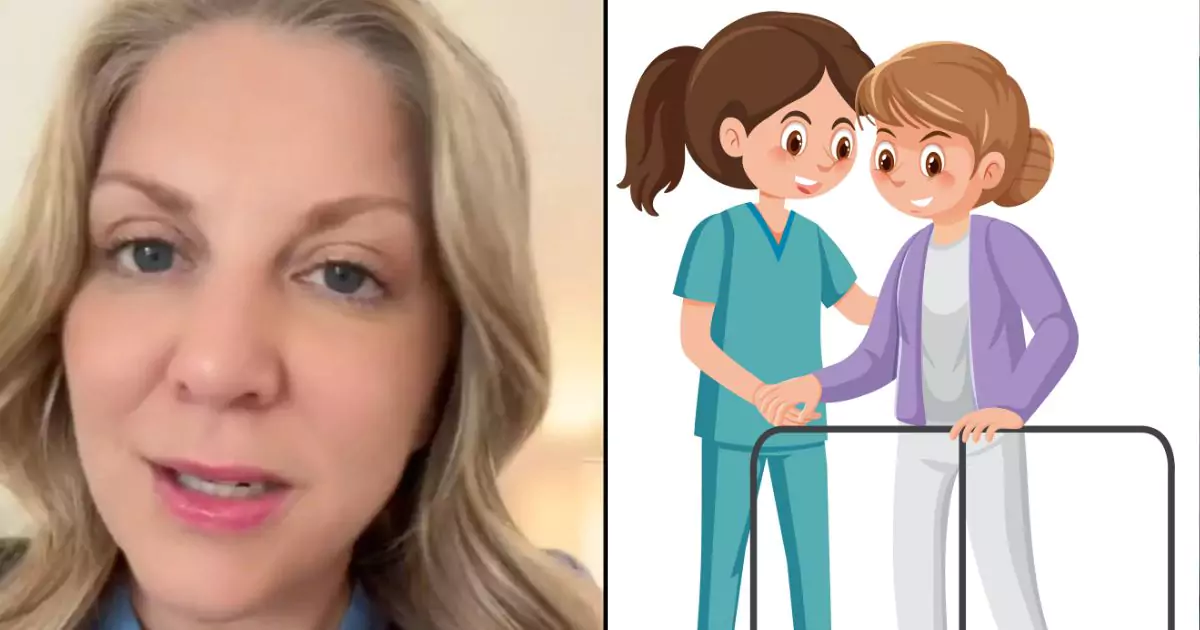
Hospice Nurse Explains the Unusual First Stage of Dying That Begins ‘6 Months Beforehand’
Though none of us can predict exactly when or how we will die, hospice nurse Julie McFadden believes that our bodies begin to show signs long before death occurs. These signs, which may go unnoticed by the untrained eye, offer clues that death is approaching. McFadden, based in Los Angeles, has made it her mission to reduce the fear and stigma surrounding death by educating others about the dying process. With more than one million followers on social media, she shares informative videos that provide insight into the physical and emotional changes that happen at the end of life.
From the unexpected phenomena that can occur on deathbeds to the last words many of her patients say, McFadden shares her experiences in palliative care. She hopes that by understanding what happens, people can come to terms with death more easily. According to her, education plays a vital role in reducing fear and anxiety during such a difficult time.
Early Signs of Decline: Six Months Before Death
In one of her popular TikTok videos, McFadden discusses the early signs that indicate a hospice patient is nearing the end of their life. These changes can begin as early as six months before death and are often subtle but significant.
“You will have very generalized symptoms,” McFadden explains. “One, you will be less social. So, you’ll be more introverted than extroverted. Two, you will be sleeping a lot more. And three, you will be eating and drinking a lot less.”
These signs of slowing down are the body’s way of conserving energy as it prepares for the final stages of life. Patients who are “dying a natural death” are typically placed in hospice care at this point, where professionals can provide support and comfort during the final months.
The Importance of Early Recognition
Recognizing these early symptoms allows hospice staff and families to intervene at the right time to control discomfort and maximize the patient’s quality of life. According to palliative care providers like My Life Choice, early detection of these signs helps healthcare workers offer the best possible care when it is most needed.
McFadden adds that almost everyone in hospice will exhibit these signs. She emphasizes that while these symptoms may seem subtle, they are significant indicators that the person’s body is beginning to shut down. At this stage, many patients become more introverted, preferring quiet and rest over social interaction.
Three Months Before Death: Increasing Debility
As death approaches, usually around three months before passing, the signs of decline become more noticeable. McFadden explains that patients experience a significant deterioration in physical strength and mobility.
“They will be staying in their house most of the time,” McFadden says. “It’s going to be difficult getting up and just going to the bathroom. They will be sleeping more and eating and drinking even less.”
At this stage, the need for help with basic daily tasks becomes more pronounced. The patient may require assistance with mobility, hygiene, and nutrition. The body continues to use energy sparingly, preparing for the final weeks of life.
One Month Before Death: Hallucinations and Visions
Around one month before death, patients often enter the “transitioning phase.” This stage is characterized by vivid hallucinations or visions of deceased loved ones, friends, or pets.
“They’ll be seeing dead relatives, dead loved ones, dead pets, old friends who have died,” McFadden explains. “Not everyone, but many, many people will start seeing these things around one month before death.”
While these visions might seem strange or even alarming to family members, McFadden reassures that they are a natural and comforting part of the dying process. Many patients report positive feelings from these visions, and healthcare professionals in palliative care see them as an indication that the person is mentally and emotionally preparing for death.
The Body as a Guide
Throughout this process, McFadden emphasizes the importance of letting the body be the guide. Healthcare workers trained in palliative care can recognize the signs of death and provide the necessary care to make the transition as smooth as possible.
“The closer you get to death, the easier it is for healthcare workers who see it all the time to know that you are getting closer,” McFadden says. Hospice workers play a vital role in supporting both the patient and their loved ones during this time, ensuring that physical discomfort is managed, and emotional needs are addressed.
@hospicenursejulie Replying to @Mariah educating yourself about scary topics will help decrease fear. ✨Nothing to Fear ✨- my book- out june 11th #hospicenursejulie #hospicenurse #caregiversoftiktok #medicaltiktok #learnontiktok #nothingtofearbook ♬ original sound – 💕 Hospice nurse Julie 💕
Reactions from Viewers
McFadden’s videos have struck a chord with many people who have experienced the death of a loved one. Viewers often express gratitude for the insights and clarity she provides about the dying process. In the comments section of her videos, many have shared their personal stories, acknowledging how McFadden’s explanations helped them make sense of what they witnessed.
“Thank you for sharing this,” one commenter wrote. “As an ICU nurse, we don’t see the long-term decline.”
Another shared, “Wow, that was exactly what my mum did!”
These responses highlight the value of McFadden’s work in educating the public about what happens in the final months of life. Her explanations bring comfort and understanding to families during an emotionally challenging time.
Breaking the Stigma Around Death
Julie McFadden’s mission is to alleviate the fear and stigma surrounding death by educating families and caregivers about what really happens during the dying process. By explaining the signs and symptoms that appear months before death, she helps people prepare for the inevitable.
Recognizing early signs of decline, understanding hallucinations and visions, and letting the body guide the process are all essential components of McFadden’s approach. By shedding light on the natural progression toward death, McFadden provides comfort to families, helping them focus on love and care during their loved ones’ final months.
Through her videos and teachings, McFadden encourages us to face death with knowledge rather than fear. Her goal is to make the transition from life to death as peaceful and supportive as possible, both for the person passing and for those left behind.

